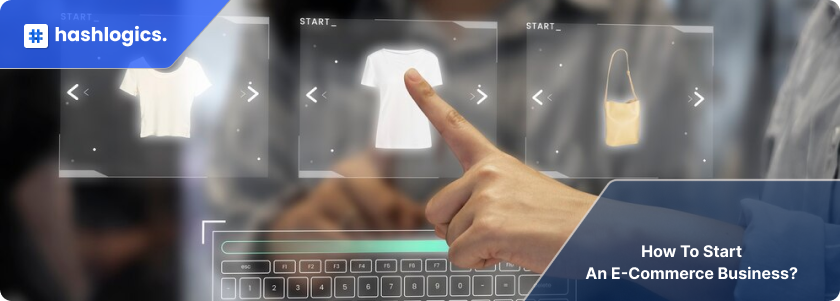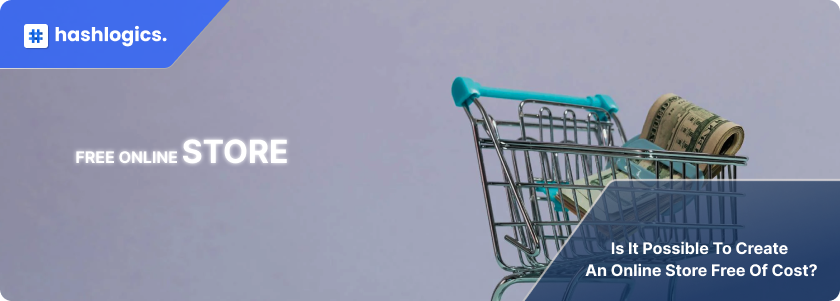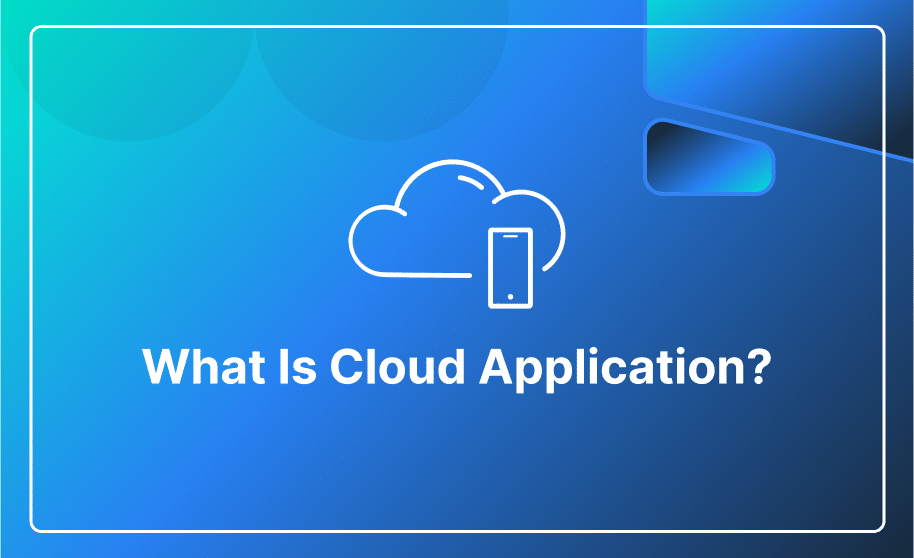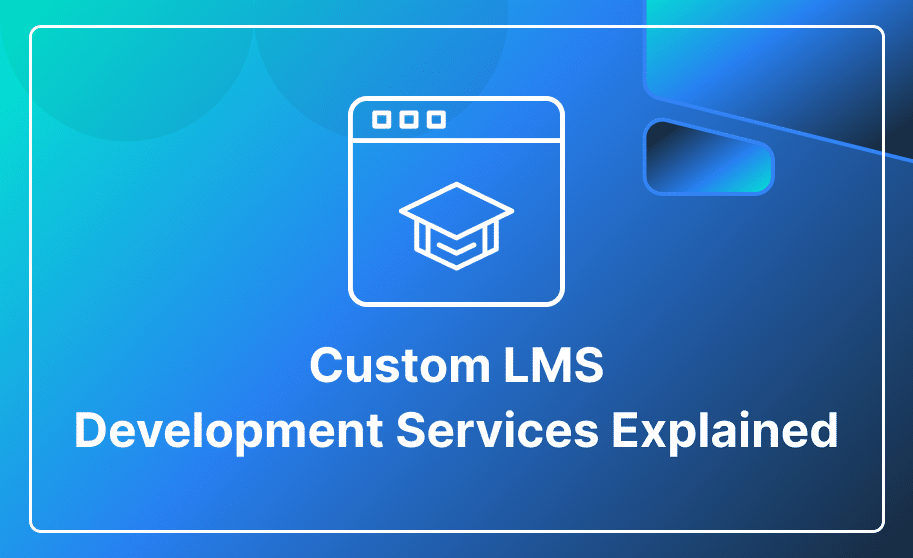The COVID-19 pandemic has significantly changed people’s lifestyles. Now, everything is becoming digital. It not only affects education and daily routines but also changes the way individuals do shopping. Now, many people prefer to buy things from online stores, like groceries, food, and clothes, and find it more convenient. Recent studies and surveys show that more than 70% of people in the United States prefer buying things from online stores.
The digital world is evolving rapidly and achieved even more significance during the Covid-19 pandemic. Many companies moved their services online with no-code or low-code builders to stay competitive. The reason behind moving online is that now, the majority of people prefer to buy stuff from online stores instead of going to physical stores. This shift has created pressure on many companies, leaving them with no option – but to create websites.
Low-code/no-code platforms, or no-code builders, are visual software development platforms that allow citizens (non-professional) and app builders to effortlessly drag and drop application components, connect them, and construct mobile and web applications.
Check out our blogs, “The Power of No-Code Web Development” and “No-Code Application Development,” for a quick guide on effortless web and app development with a no-code.
No-code is designed for non-technical individuals who understand business needs and rules but have little to no coding knowledge and programming skills. When the selected tools align with the key functionalities and abilities, app builders can use no-code frameworks, platforms or applications to effortlessly and quickly create, test, and deploy their business software.
Curious about creating apps without the coding hassle? Explore our blog, “How to Create an Application Without Coding?” and step into a world where innovation meets simplicity.
Steps to Build an Online Store
There are several methods or processes for developing a low-code or no-code platform. These are the steps that an app builder should be familiar with when creating a low-code or no-code platform or a website template. The steps that the app builder should know are
- Learn how to start an e-commerce company.
- Calculate the expenses for starting an online website.
- Find out your profit margins, target audience, and products.

How to Start an E-Commerce Business?
The app builder should be well-prepared for the following things to create an online store template to set up an e-commerce store using a no-code platform:
- Choose a Product:
The first step in creating an online store template with a no-code platform involves selecting the product that the app builder wants to offer directly to his customers. After getting the idea of the product, it becomes crucial to evaluate the market demand, like how many customers want that product or whether it aligns with the current trends.
- Select your E-Commerce Platform:
The app builder can build and customize an internet experience, sell products, and manage orders using e-commerce applications. Many customers perceive an e-commerce app as a tool for adding products and processing online payments. However, it’s much more than that. Your r-commerce platform acts as a central hub for your entire company. It manages everything from inventory management to marketing and offers the necessary tools you need to sell products online.
Must-have features in your e-commerce platform:
- Your e-commerce app should be simple.
- Choose a no-code platform or no-code app builder that provides step-by-step assistance.
- Select an e-commerce platform that simplifies the purchasing process for users.
- Investigate the Competition:
The next step is to do thorough research on competitors, understand what sets your store apart, and how you can distinguish it from others. After completing the research on competitors, formulate your online store template strategy. It will help you to organize your ideas and guide you through the process.
- Identify the Target Market:
One of the most important steps in launching your e-commerce website is to recognize your target audience. It makes it easy to reach new customers and online users, and attract potential buyers to your site, and ultimately enhance conversion rates and sales.
For a new online store, it is essential to consider these three main categories:
- Demographics
- Location
- Interests
- Establish your Company:
Deciding the name of a brand or store and choosing a suitable domain can be challenging. App builders, particularly those who are regular digital users, can understand the importance of a memorable brand name. The right brand name for your small online store can have a significant impact. Once you have selected a perfect name and registered a relevant domain, it’s time to create a simple logo. While developing your online store logo, you can build your brand identity using any logo creator. Your company’s logo serves as the first impression potential buyers would have of your brand.
It is essential to learn the basics of SEO to arrange your site and pages for Google and other search engines. Search engine optimization involves creating detailed descriptions with relevant keywords on each listing page. Additionally, acquiring backlinks from relevant websites can boost your online presence in search results.
Another effective way to connect with potential buyers is to choose sales channels where they already make purchases. If you know the keywords your target audience uses, adding them to your content can increase your chances of appearing in the search engine.
- Add the Item to the List:
Potential customers explore listing pages to gather information before making a purchase. Details matter, and adding the correct information can make a big difference – from pricing to sizing. The title of the listing page should clearly indicate its content. Customers will come across this information as they explore your website, and will help them find the items they are looking for in your data.
Your listing data and description play two important roles; they describe your product and persuade customers to buy it. Understand your audience, highlight the benefits, address common questions or concerns, keep your writing simple, and help your customers visualize your product.
- Shopping Cart:
A shopping cart is a key feature of a website that enhances the online shopping experience. The shopping cart app allows users to choose, reserve, and purchase products or services through an e-commerce platform.
- Post Launch:
The journey of selling starts after the launch. While some website owners might consider selling products in person, the rest of digital marketing focuses on attracting targeted visitors.

Essential Requirements for Starting an Online Store
There has never been a more appropriate time to launch an online website. With just a computer, you can begin in minutes, even without prior knowledge. Here are the three main items you will need to build your website:
- A domain name
- A web hosting account
- A few minutes of your attention
Is it possible to create an online store free of cost?
Some e-commerce applications offer free trials, but after a limited time, users have to pay. The overall expense of starting a no-code platform or utilizing a no-code builder application depends on the chosen company plan and budget.
It is advisable to adopt a business strategy that begins modestly and allows for investment as the online website grows.
Conclusion:
The digital transformation driven by the COVID-19 pandemic has reshaped customer behavior, highlighting the need for businesses to establish a strong online presence.
As the digital world continues to grow, embracing no-code solutions is not just an option but a strategic imperative for those looking to thrive in the competitive online marketplace.
For a more in-depth understanding of e-commerce, explore our blog “No-Code E-Commerce Guide.”














